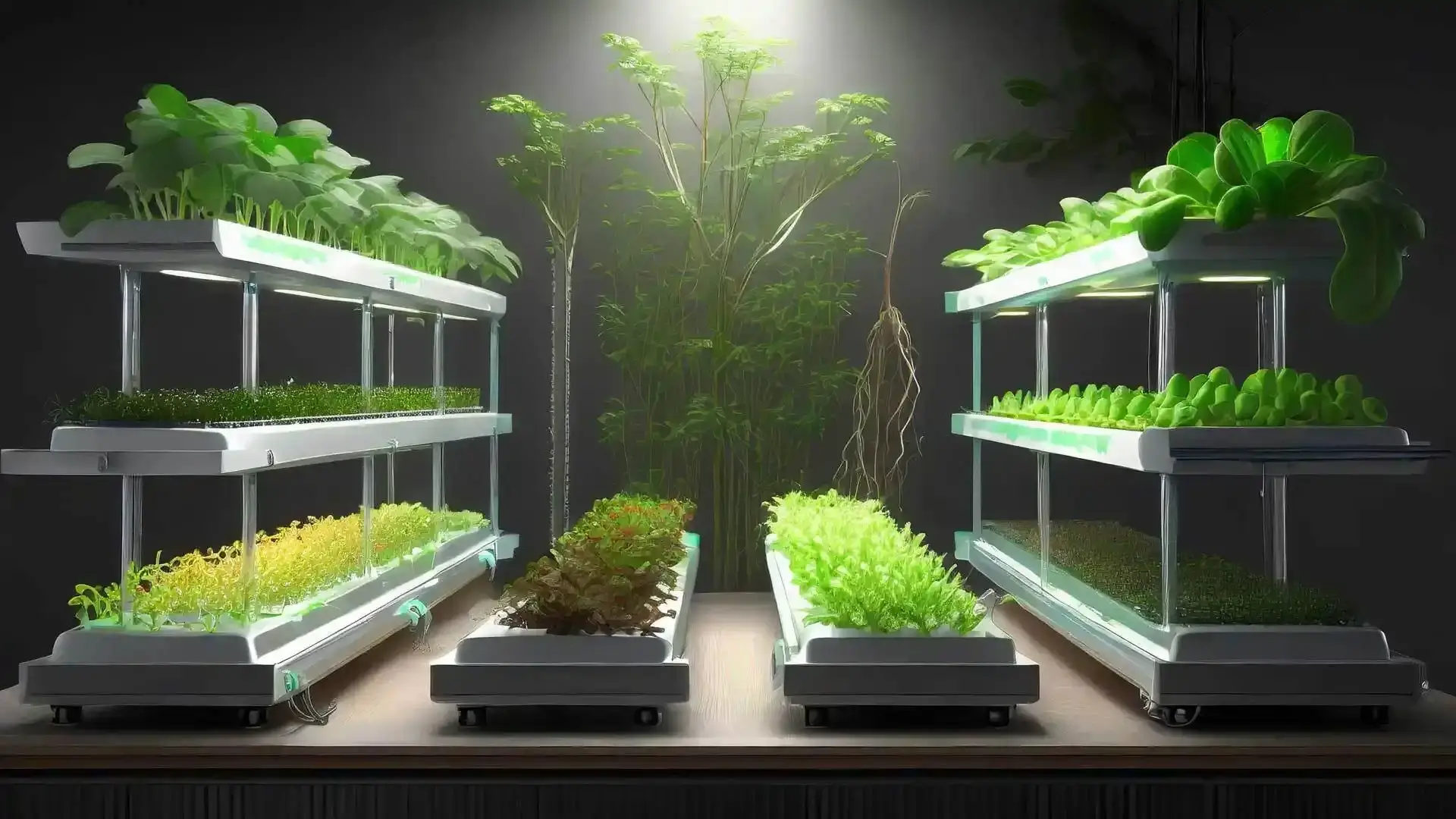
commercial cultivation
Commercial Cultivators Need Hydroponics
In a commercial cultivation facility, the ultimate goal is to produce the most of the best quality crop possible for the lowest cost. There are numerous elements that factor into each part of this goal and when trying to improve yield or reduce costs, it can be necessary to take a second look at every element of the facility. Including the growing medium.